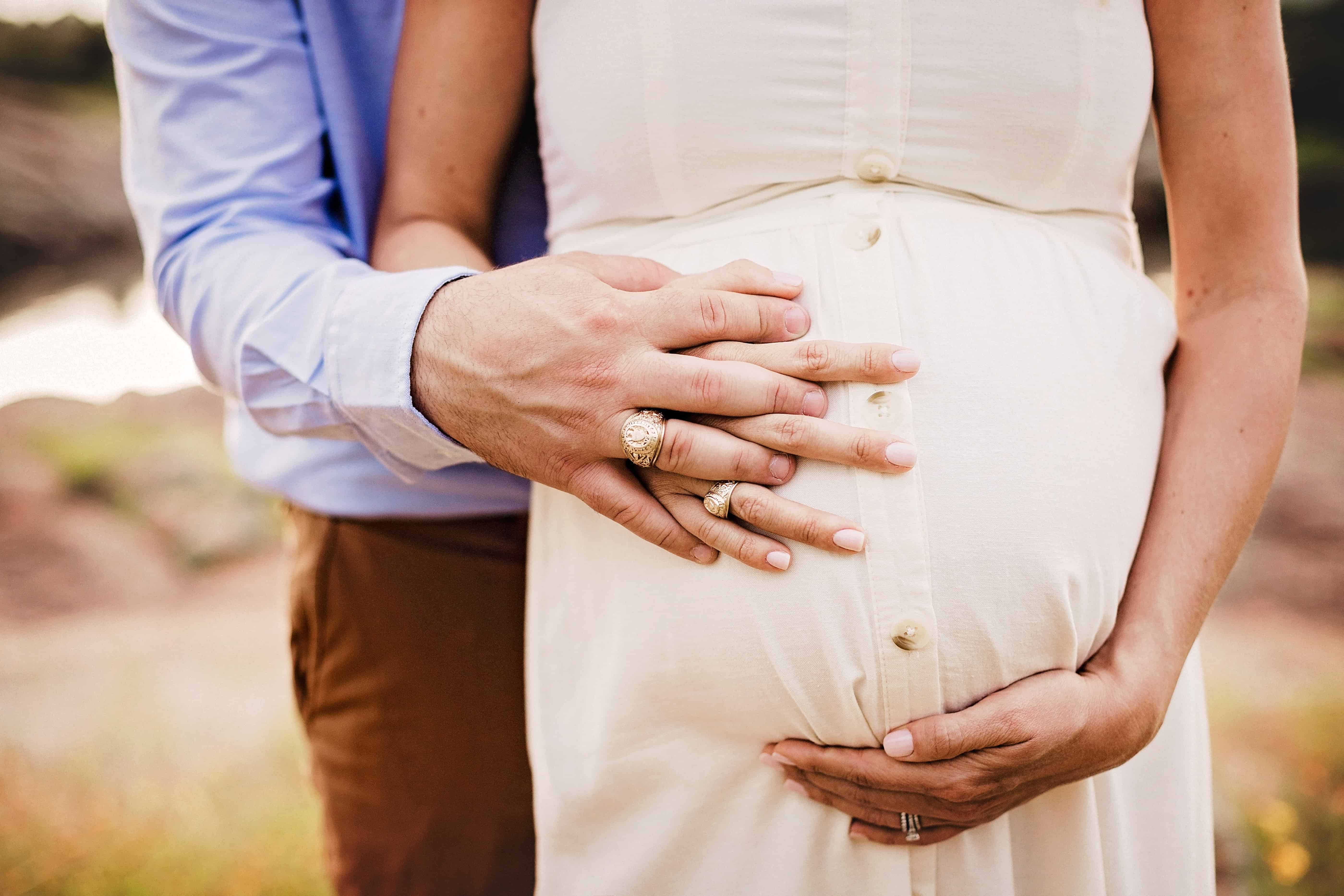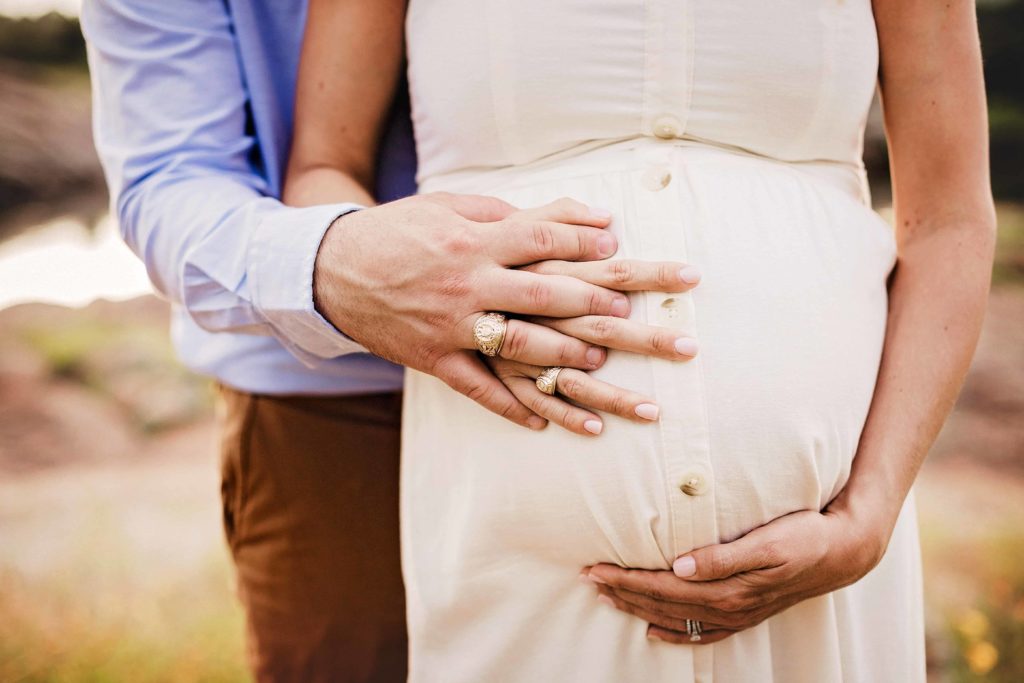
Being pregnant is such an exciting and overwhelming time in your life, especially if it’s your first child. You want to do everything just right, but you may not even know what to expect as your body changes to support this precious little life growing inside you.
Whether you’re about to be a parent for the first time, or this is your third or fourth pregnancy, we want to help. A full-term pregnancy can range from 37 to 42 weeks, and each trimester lasts 12 to 14 weeks, or about three months. This simple guide breaks down what to expect from each trimester.
First Trimester
Weeks 1 to 13
Although you may not appear pregnant, your body is going through incredible changes to support your growing baby. You’ll experience significant changes in your hormone levels and an increase in heart rate. Your body will increase its blood supply to carry oxygen and nutrients to your baby.
With these changes to your body come many of the more well-known pregnancy symptoms: morning sickness, fatigue, headaches, and constipation.
Your first doctor’s appointment should take place somewhere between six to eight weeks after your last period. At this visit, the doctor will confirm the pregnancy with a urine or blood test, and you’ll have an ultrasound to check on the baby’s health. Your doctor may also order blood work to check your nutritional levels and immunity.
The first trimester is crucial for your baby’s development, as your little one will develop all their organs by the end of the third month. Here’s what you can do to help ensure your baby has a healthy development:
- Maintain a healthy diet and avoid shellfish and deli meats
- Take folic acid and prenatal vitamins
- Avoid smoking and alcohol use
- Ask your doctor if you’re taking any prescription drugs that could affect your baby’s development
The biggest thing you can do for your baby is to be open and honest with your doctor and talk about any concerns you may have. Don’t be afraid to ask questions.
Second Trimester
Weeks 13 to 27
Compared to the first trimester, the second often feels much more comfortable for many women. You’ll feel fewer of those early pregnancy symptoms like morning sickness and fatigue and may even feel more energetic and sleep better. However, you may notice some new symptoms, like leg cramps, backaches, and nasal congestion.
During this time, you’ll start to see the growth of your baby bump, so it’s a good time to start stocking up on maternity clothing and wear looser outfits. You may also notice an increase in your appetite and faster weight gain. Be sure to talk to your doctor about your weight at each visit, so you can make sure you’re not gaining too much or too little.
Since the risk of miscarriage is significantly higher in the first trimester, many women wait until the second to announce their pregnancy. The second trimester is also when most women feel their baby movie for the first time, usually around 20 weeks. In fact, your baby can even hear and recognize your voice at this point!
During your second trimester, your doctor may perform screenings. Be sure to have your detailed medical, family, and genetic histories, so the doctor will know what issues your baby may be at risk for.
An anatomy ultrasound is generally performed between 18 and 22 weeks. This ultrasound checks different parts of your baby’s body, like the heart, brain, and lungs, to ensure they’re fully functioning. You can also find out the sex of your baby at this time, if that’s something you choose to know before the birth.
Third Trimester
Week 28 to birth
You’re in the homestretch! In the third trimester, you’ll visit your doctor more often, so they can regularly check your blood pressure, your baby’s heart rate, and check your hands and legs for any swelling. The doctor will also test your urine for protein and measure your fundal height (the approximate length of the uterus), as well as identify the baby’s position and check your cervix to make sure your body is preparing itself for birth.
During your seventh or eighth month is the best time to take your maternity photos. Your belly will have a nice, round shape and will show well in images. If you take your photos earlier, you may not have the silhouette you want, and if you take them later, you will likely be more uncomfortable and find it harder to move and pose.
In the last trimester of your pregnancy, you’ll want to stay a little closer to home, just in case baby comes early. Talk to your doctor about any travel restrictions. For example, most airlines recommend you don’t fly without permission from your healthcare provider.
Your third trimester is a great time to enroll in a childbirth class to help prepare you and your partner for labor and delivery. Doing so gives you the chance to ask any questions you may have and help you better understand what to expect.
Keep in mind that your due date is better described as an estimated date of delivery. Your baby may arrive anywhere between 37 to 42 weeks, and it’s important to be prepared to welcome your bundle of joy into your lives.



